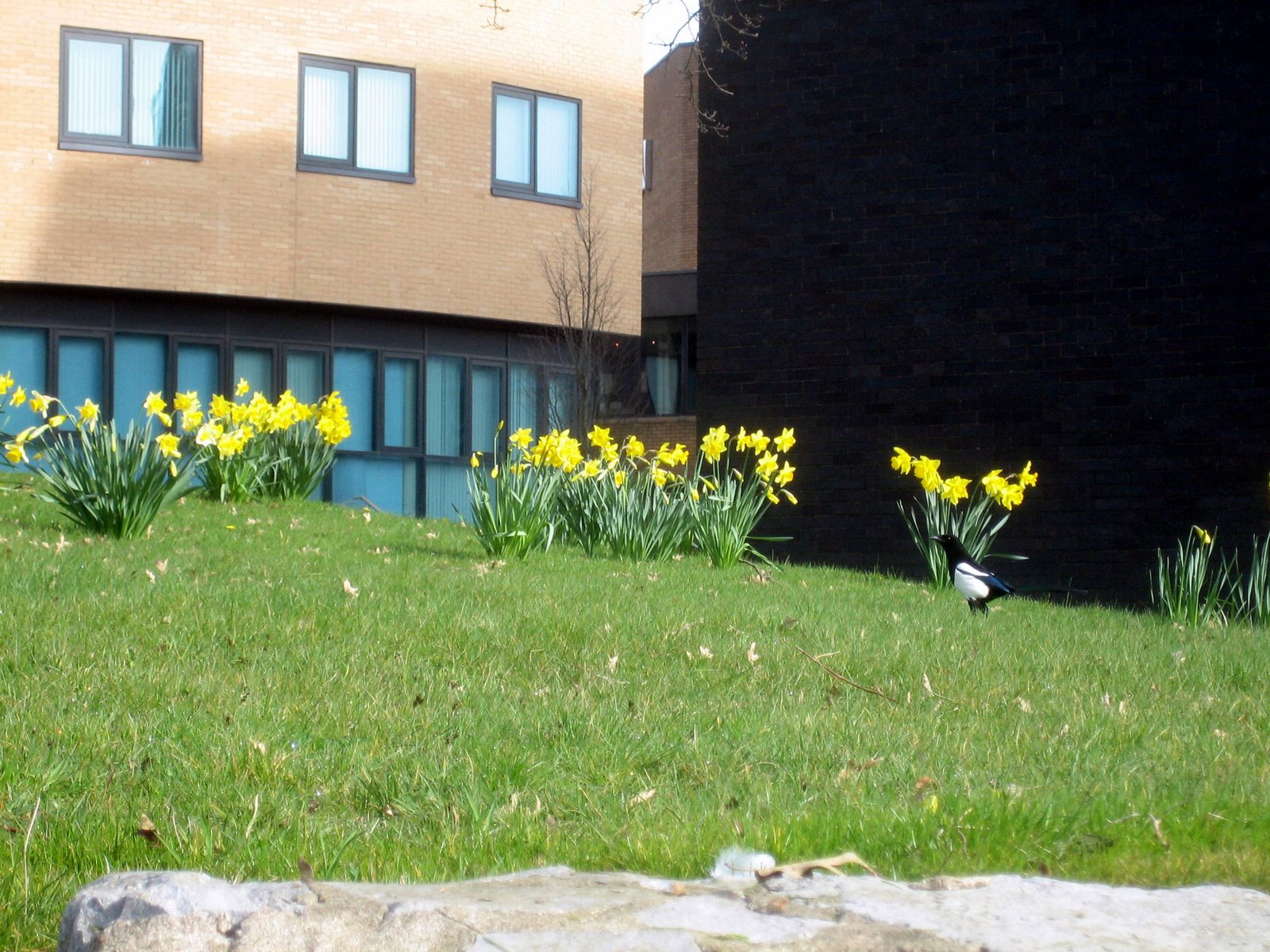As noted yesterday here and on the Learning Lab Community blog, yesterday was declared “Ada Lovelace Day” (ALD09) by Suw Charman-Anderson. Thousands of people blogged and tweeted about a woman (or women) in technology who they admire. Suw even interviewed Ada herself (at the Science Museum) and appeared on BBC News 24 and BBC Radio 5Live to promote women in technology.
Albeit in a very small way, It was great to be part of this global celebration and the social networks that surrounded it. I’d also like to pass on some of the things that I discovered.
- Tweetizen allows you to form groups in Twitter and follow interesting trends (but not, it seems, trends that have died away).
- If you are part of the twitter “meme”, people start to retweet your insignificant posts and you get more followers!
- Posterous is a great way to pick up articles related to a particular internet event and post them to a blog and retweet them at the same time.
- The feedly plug-in is much better for sharing than Google reader: tweet, email, share with Google reader, facebook and delicious all from the article view.
- Use email to posterous.com from feedly.com and you can update nearly all your sharing channels at once, including your regular blogs.
- I used my posterous.com blog to share all 10 of the ALD09 postings that were in my RSS feed yesterday and today. However, on reflection, the fact that there where only 10 to share, given that most of my feeds are tech related, is not a good thing!
But here is the biggest finding:
- Engaging in this sort of activity takes way too much time!
Some links to summarize the day:
- The Ada Lovelace Day pledge that started it all (at least for me and my fellow ALD09 bloggers) is still online.
- FindingAda.com is the official home page of Ada Lovelace Day and contains Suw’s biography of Ada herself.
- The Ada Lovelace Collection is a list of the many (1115 submitted posts at time of writing) that where posted on the day (although many won’t have been added to the list).
- Dave Lee on the BBC Internet Blog summarized a lot of the activities taking place in the Blogosphere on ALD09.
- Naomi Alderman wrote an article on ALD09 for The Guardian.
- I was reminded that Ada was remembered on BBC Radio 4’s In Our Time back in March 2008.
On the social net:
- The “call sign” for ALD09 on Twitter was #ALD09. At some-point it morphed into #women2follow. Not sure how to find out just how many tweets there were but that channel was busy!
- On delicious the AdaLovelaceDay09 tag was only used for 117 bookmarks!
- Around 38 photos on Flickr where tagged Ada Lovelace Day (a fair percentage, alas, are of Babbage’s difference engine).
- Around five pages of videos come up for Ada Lovelace Day. Warning not all are on-topic or suitable for minors!
- There was a facebook event. But as I’ve left facebook I can’t comment.





